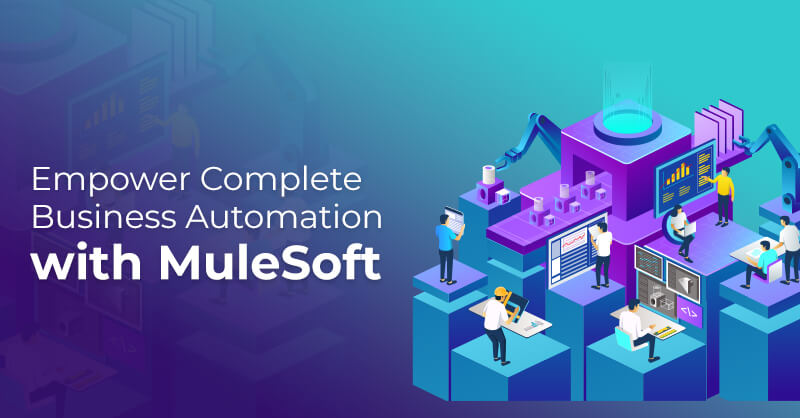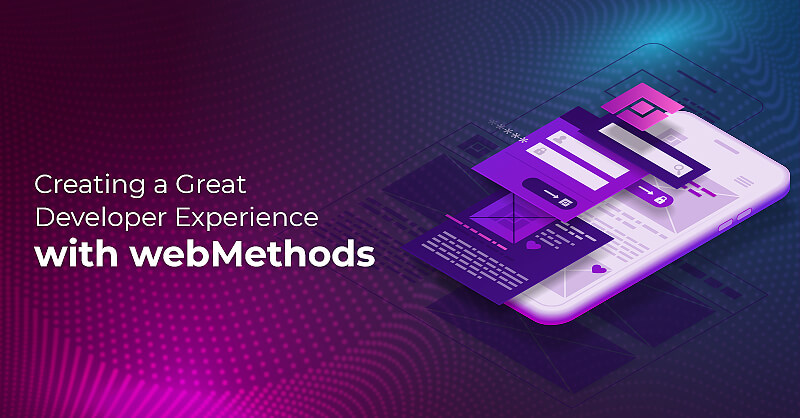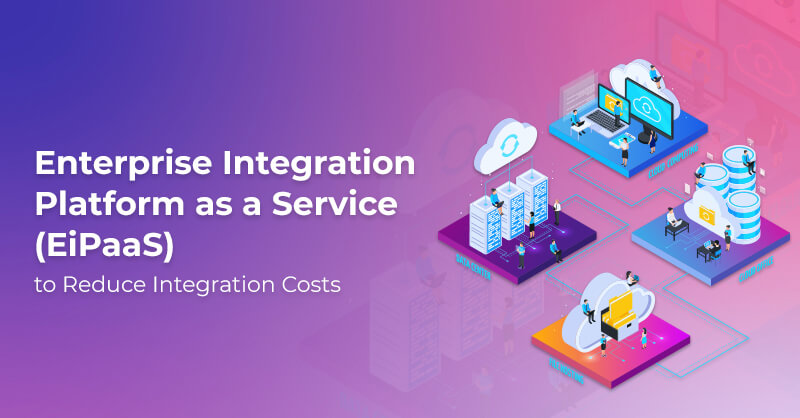API First Approach in Digital Businesses
Written by Ali Akthar
Content WriterThings have changed over the last couple of years. The way customer interacts is really changing the dynamics of brick-and-mortar business. Digital Transformation has been instrumental for organizations to address evolving customer needs. The reality is that today’s digital economy requires a paradigm shift in the functionality of the business and the way IT operates. The environment that organizations are facing isn’t just the next gradual step in the development of online commerce. It’s an entirely new world that’s moving and changing faster than ever. And with it, it’s bringing a rising tide of consumer, partner, and employee expectations.
Not only that with the emergence of internet of things, the customer experience will also need to integrate with Kiosks, connected cars, wearable electronics, smart sensors, and appliances.
To achieve all this, a business needs a new api first development process ie: the (Application Programming Interface) API first approach or API first strategy. The open API platform such as MuleSoft, Apigee, Software AG, IBM API Connect, etc. helps to expose data or services to external parties.
As the trend of adopting digital is increasing among consumers across different industries, organizations are under immense pressure to improve connectivity, and efficiency, increase profitability and transform value propositions to survive in this hyper-connected world. APIs play a foundational role in achieving this entire development process strategy.
How it Works?
API Management enables API development team, to unlock the value of business assets by quickly creating APIs from the available data and services. API Management provides design and builds APIs that are user-friendly and easy for developers to consume and use. In simple terms, APIs are a set of routines, protocols, and tools for building software applications. They can be used to expose data or services that can be consumed by other applications. Depending on the nature and the purpose of the APIs, they can be used for internal, external, or for specific partners.
Building an API Strategy
Many companies, understand the value of their internal systems and data. They also realize the importance of participating in the digital economy in the same way as they have contributed to the web economy during the past decade. These companies are responding with a multi-purpose API strategy. They are using APIs and API-first architectures to enable:
- Decoupling of systems of engagement from systems of record, providing the agility, speed & transformation necessary to deliver apps while maintaining security and reliability in the backend systems of record.
- Opening to partners and developers, creating innovation and reducing time to market. Providing such access often requires a very deliberate, thoughtful, and secure process on behalf of the business.
- Designing a product and service with an emphasis on the user experience.
- Leveraging the flow of data from apps to consumers and across lines of business to help build a smart and personalized experience.
Now that we understand how and why APIs enable digital business, the next follow-through becomes: How does a business go about building an API strategy?
If you are new to APIs, it may be helpful to understand the various market factors, unique selling propositions, data and other elements, the organizations overarching strategy, and some of the key business considerations to determine the API strategy. Is your organization seeking to build apps for consumers, digitize and streamline internal business processes, or want to create new channels to work with partners or all of the above?
In addition to asking these questions, here are a few things to keep in mind:
- Remember the objectives: It is imperative to develop a clear digital strategy and road map focusing on transforming the business. Once that is done focus on brushing up the skills of the employee to manage things in a more agile manner.
- Thinking from an end customer perspective to identify Gaps: Every organization understands the product and services they are going to offer but it is less likely they think from a customer perspective and identify gaps. The API-led business will find a way to integrate with legacy systems and serve consumers in the hyper-connected world.
- Embrace the legacy: Using API Management organizations can leverage the existing processes and systems by integrating them with legacy systems and exposing services to digital channels.
- Invest in Digital: Growth demands unprecedented opportunities where new approaches for attracting and retaining consumers with the best offers come in. While participating in the API economy and creating more and more partnerships can help invest in the digital.
API First Approach in Delivering Internal APIs
Internal APIs can open collaboration and innovation inside the organization. Organizations usually have an internal API program for agility and the desire to build apps and create a unified experience across all channels. In addition to that, the internal API team works on CICD to build a pipeline for innovation and create new products and services for partners and give a boost to external collaboration.
API First Approach in Delivering Partner APIs
A partner API program opens secure collaboration and innovation with partners. Read along to find how Royal Cyber assisted a business deliver on new business opportunities with consumers and partners.
Partnering using APIs can create new channels, help partner organizations to expand a company’s value proposition into an adjacent business, or complete a company’s offering. The most obvious way of partnering using APIs is by creating new channels. Netflix is a classic example of a company that transitioned from a mail-order DVD provider to an online streaming media system.
API First Approach to Public APIs
There are many fintech, innovators, and startups that are looking for publicly available APIs. Launching a public API program can build and inspire a broad ecosystem of app developers who create new experiences and apps that make big breakthroughs. Public APIs are a well-known paradigm given the success of companies like Twitter, Foursquare, and Facebook. Public APIs are sometimes called “Open APIs” since they are a more open way of utilizing and sharing APIs with other companies and/ or consumers. Businesses will choose to use public APIs depending on their goals and the amount of information they are comfortable making accessible to the public.
How Royal Cyber Assisted a Manufacturing Company Build an API First Approach
One of the renowned manufacturing company in the US was looking to build a digital business by creating an API first approach. Royal Cyber did a thorough study of its underlying systems including legacy systems and created multiple workstreams to develop APIs from the system. Now it is an essential part of the organization to develop every service via API.
Conclusion
Do you wish to dive deeper into the API First Approach in Digital Businesses and require help in choosing the right API or get the most value from APIs? Royal Cyber and our expert team are available 24/7 to help you overcome your API challenges and achieve your business goals. Reach out to our API experts at info@royalcyber.com or visit www.royalcyber.com.



